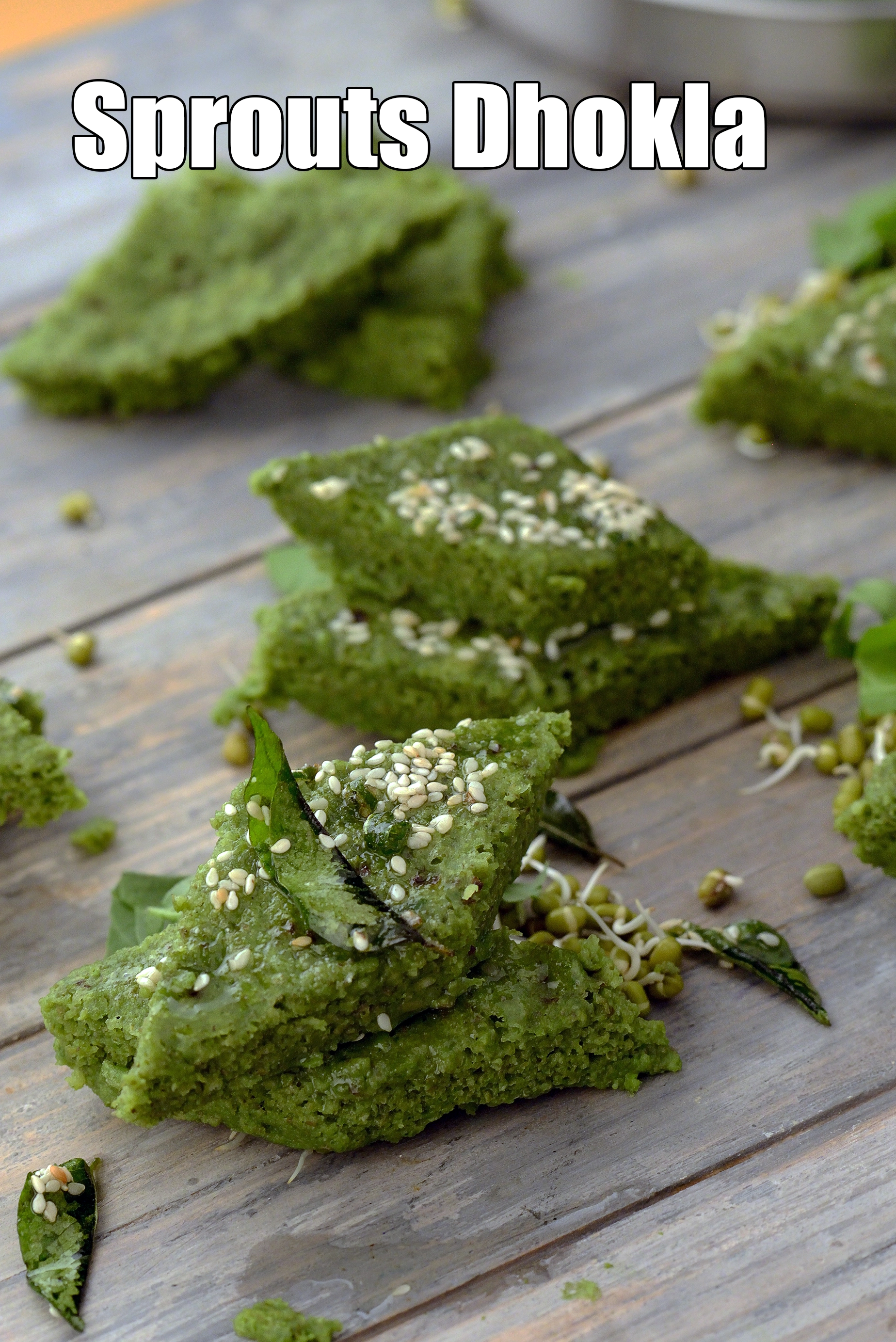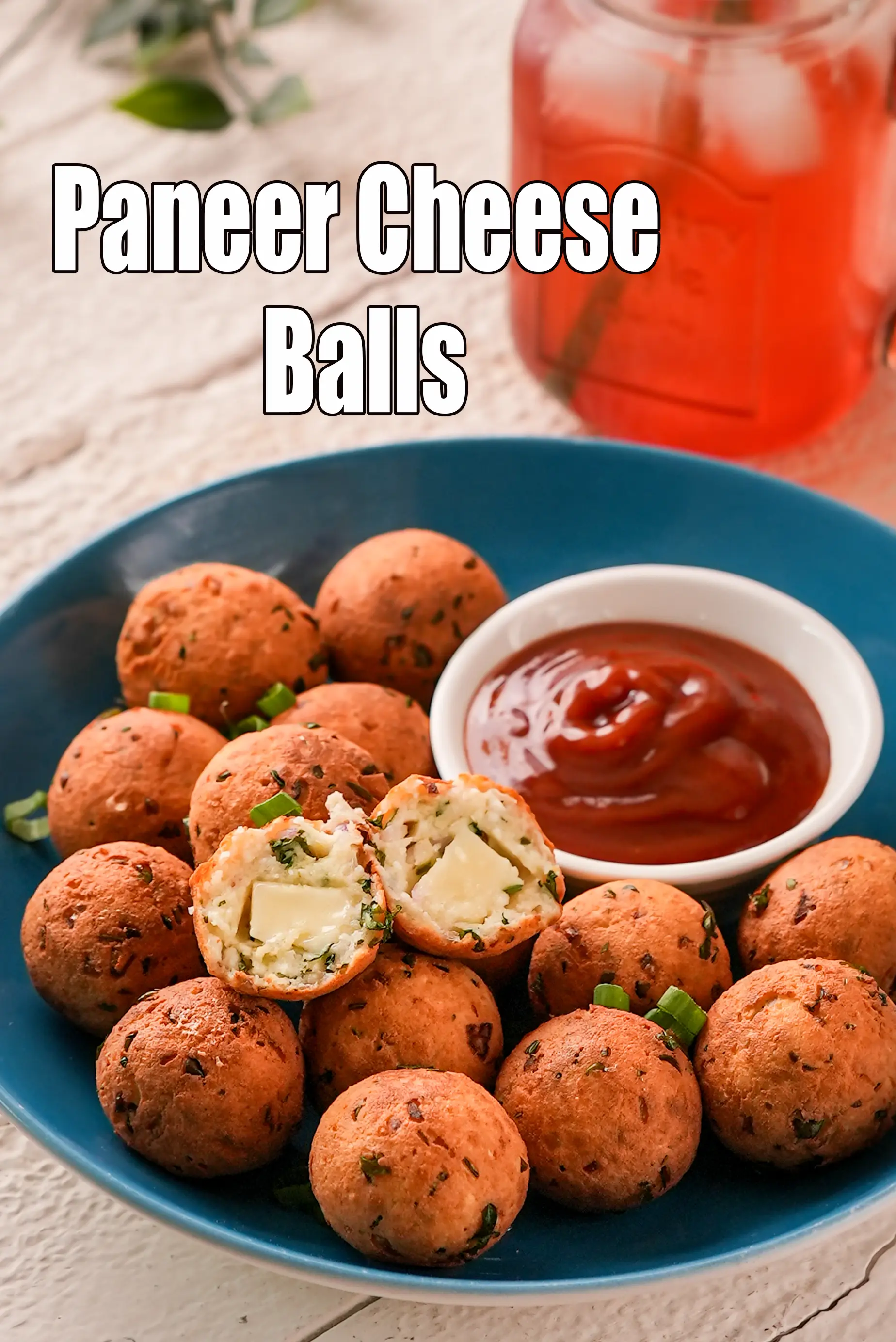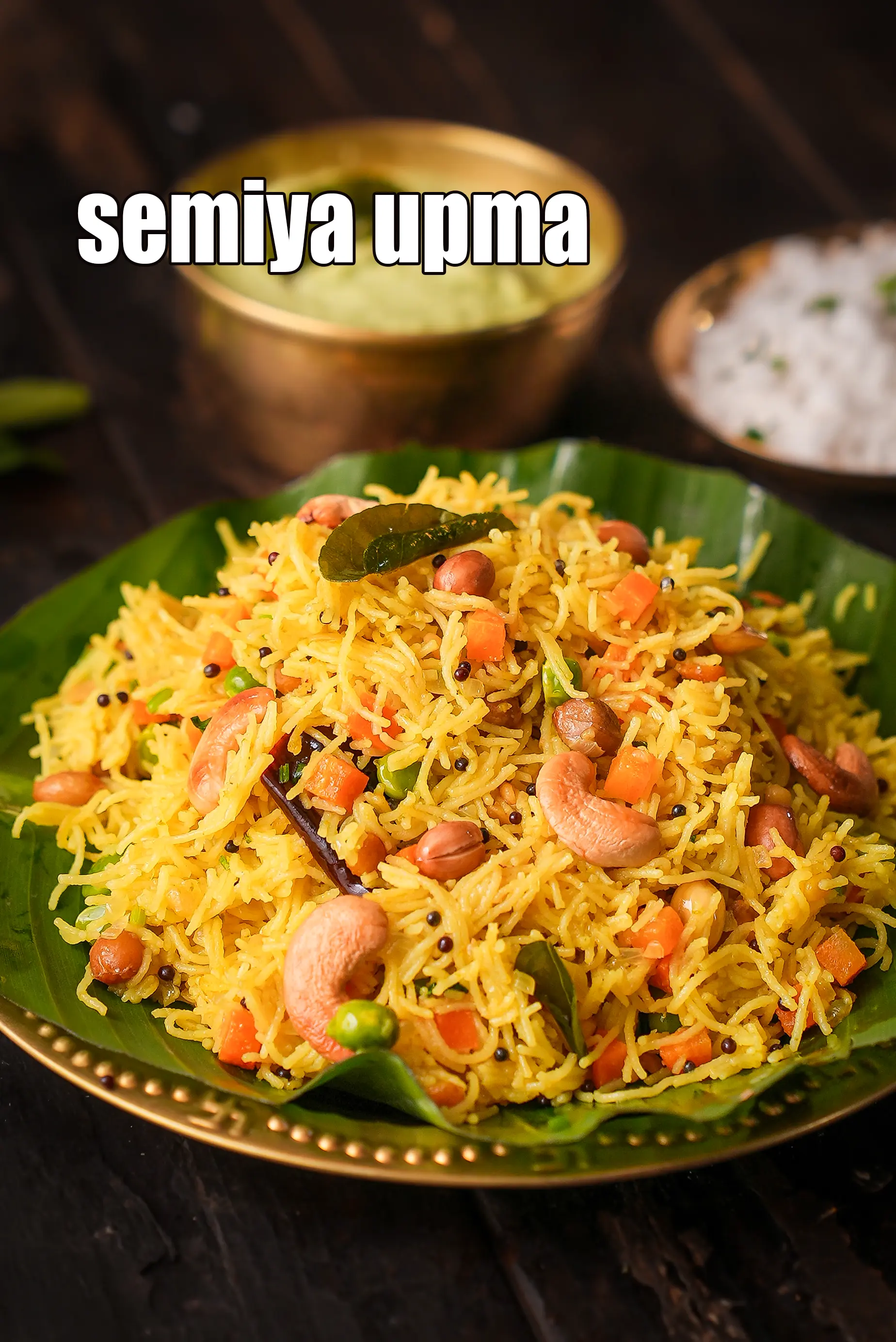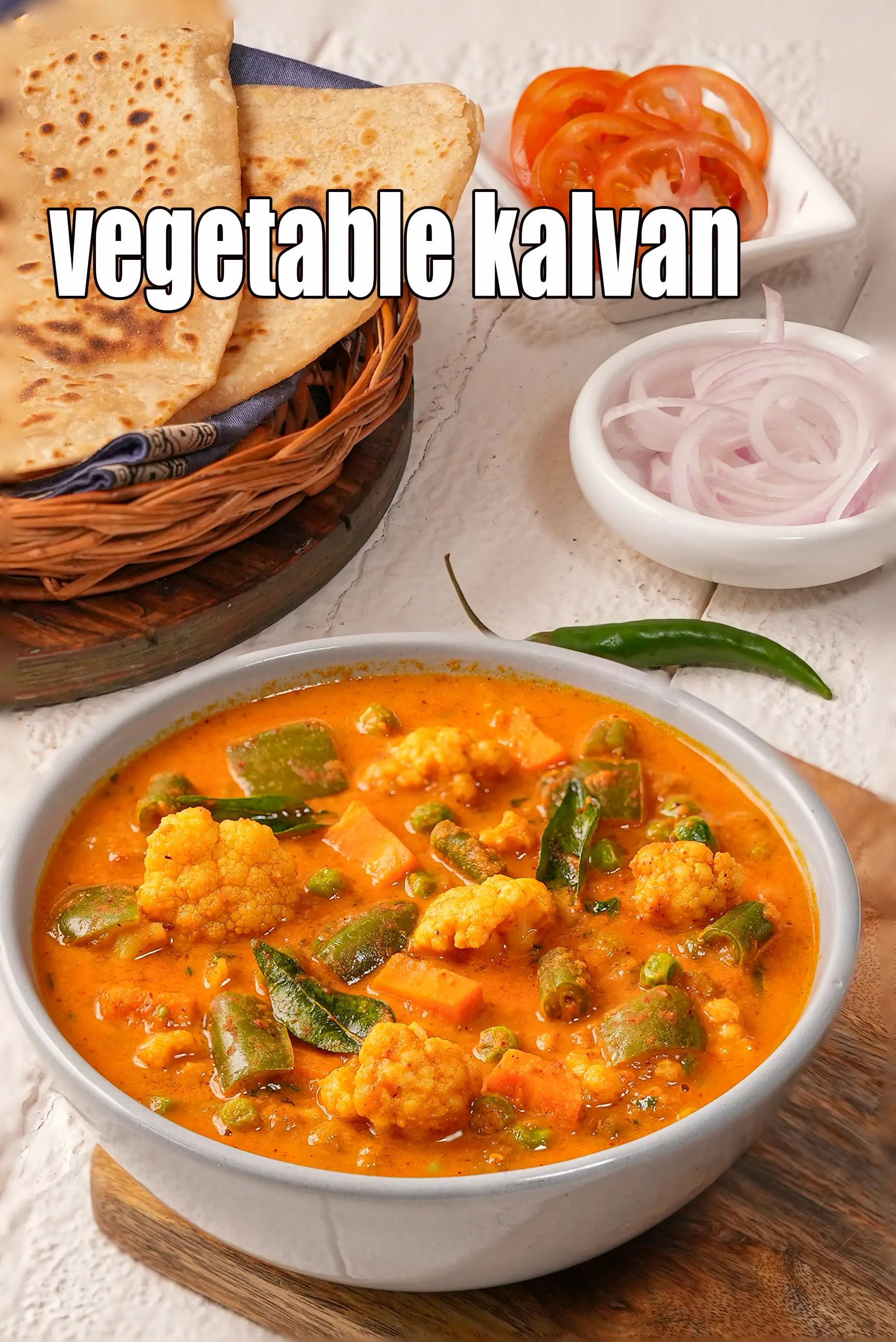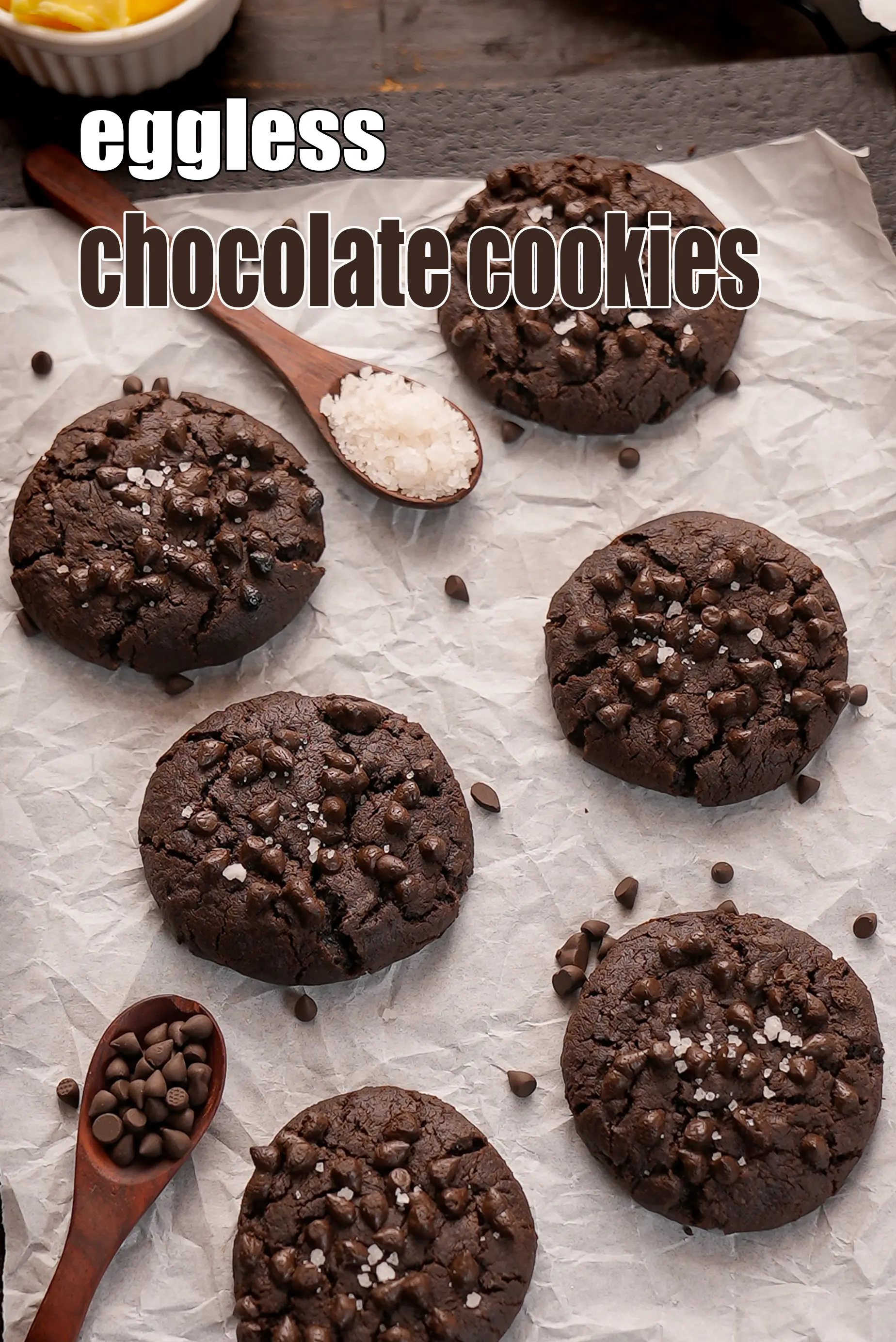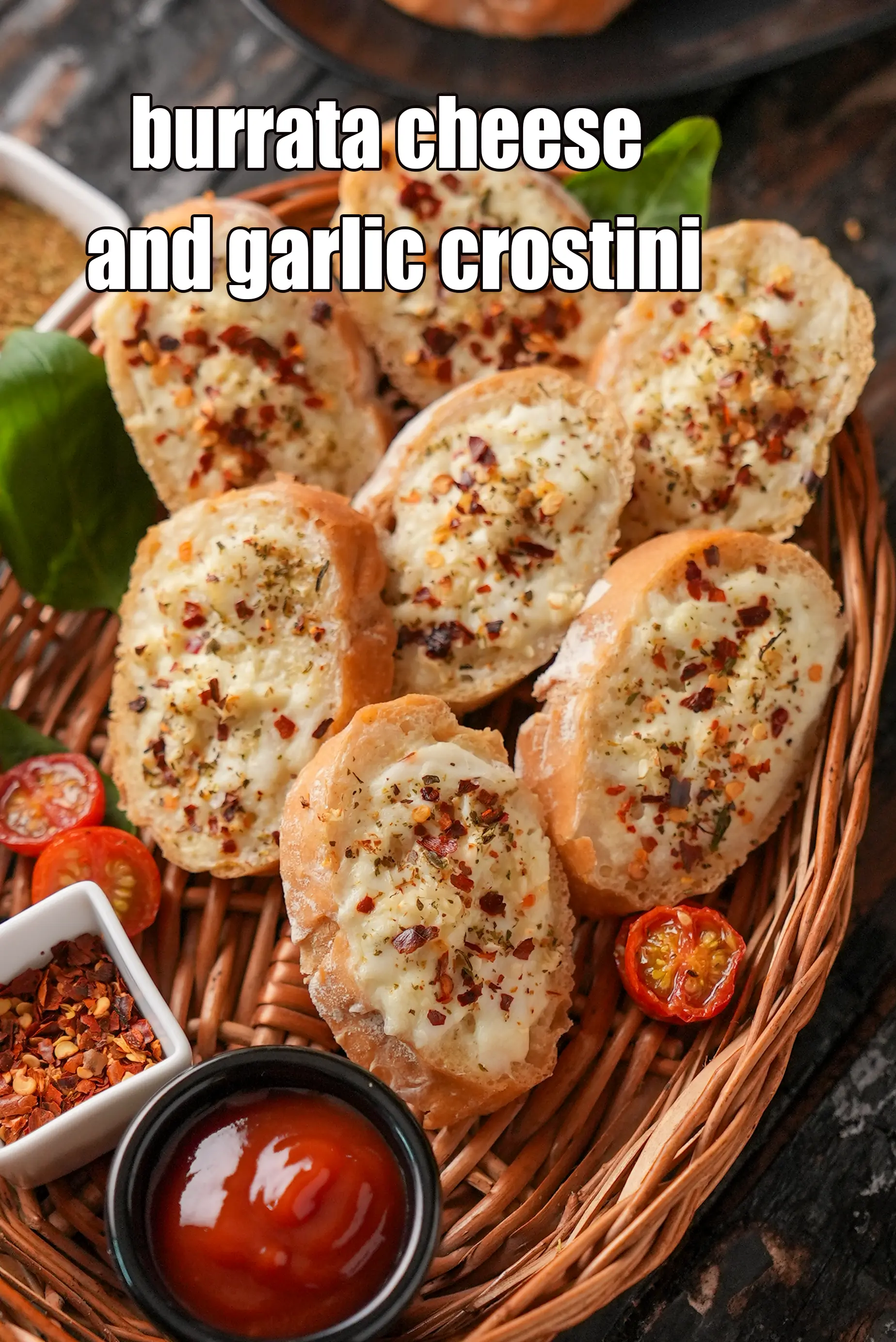Nutritional Facts of Rajasthani Dal, Calories in Rajasthani Dal
This calorie page has been viewed 8383 times
Cooking Basics
Healthy Indian Recipes
Cooking Basics
Table of Content
How many calories does one serving of Rajasthani Dal have?
One serving (225 grams) of Rajasthani Dal gives 178 calories. Out of which carbohydrates comprise 86 calories, proteins account for 33 calories and remaining calories come from fat which is 9 calories. One serving of Rajasthani Dal provides about 6 percent of the total daily calorie requirement of a standard adult diet of 2,000 calories.
Rajasthani Dal recipe serves 4, 225 grams per serving.
178 calories for 1 serving of Rajasthani Dal, Cholesterol 0 mg, Carbohydrates 25.4g, Protein 9.5g, Fat 4.3g. Find how much fibre, iron, calcium, zinc, magnesium, phosphorus, sodium, potassium, folic acid is present in Rajasthani Dal.
Click here to view Rajasthani Dal recipe | green moong dal and chana dal recipe | healthy Rajasthani dal | with 20 images.
Rajasthani dal is made with a combination of 2 dals. Learn to make green moong dal and chana dal recipe.
Rajasthani delicacies are traditionally laden with ghee but not to worry, for here is a healthier version of Rajasthani dal !
Chana dal helps to thicken the Rajasthani dal and imparts body to the dish. Add amchur as per your taste, more if you like it sour, else just a little.
Cooked green moong dal and chana dal combine beautifully when cooked with some spices in ghee and amchur to make Rajasthani dal.
With only 178 calories per serving of Rajasthani dal, this is ideal for diabetics, heart patients and for weight loss.
Rajasthani Dal is rich in Folic Acid, Phosphorus, Vitamin B1, Fibre, Protein.
For those who don't want to use oil or ghee in the recipe, we have shown you how to make zero oil Rajasthani dal recipe.
Serve rajasthani dal hot with bajra roti or jowar roti to make a healthy Rajasthani dinner along with some homemade curds.
Is Rajasthani Dal healthy?
Yes, this is healthy. But restrictions apply to some.
Let's understand the Ingredients.
What's good.
1. Moong Dal ( Green Moong Dal ) : Moong dal or green moong dal is rich in Folate, Vitamin B9 or Folic Acid which helps your body to produce and maintain new cells, especially red blood cells and is pregnancy friendly. Being rich in Antioxidants like Flavonoids, mung reduces the damage done by free radicals to the blood vessels and lowers inflammation. Moong Dal is heart and diabetes friendly. Moong Dal or Split Green Gram are high in Fibre and 1 cup of cooked Moong dal gives 28.52% of your daily Fibre requirements. See here for 9 fabulous benefits of Moong Dal.
2. Chana Dal ( split bengal gram) : One cup of cooked Chana Dal provides 33% of your protein for the day. Chana dal is heart and diabetic friendly, also rich in fiber. Chana dal has high amount of potassium and low amount of sodium which makes it very effective in regulating your blood pressure. Read this article on complete benefits of chana dal.
3. Onions (pyaz, kanda) : Raw onions are a very valuable source of vitamin C – the immune building vitamin. Along with other phytonutrients from onions, it helps to build WBC (white blood cells) which serves as a line of defence against illness. Yes, it’s a source of many antioxidants, the most important one amongst them being Quercetin. The quercetin which promotes production of HDL (good cholesterol) and lowers total cholesterol in the body. The sulphur in onions act as a blood thinner and prevents blood clotting too. This in turn would lower blood pressure and good for heart, diabetics. Read the benefits of onions.
Ghee : Other than calories and fats, the only nutrients that ghee is rich in are the vitamins – all of which are fat-soluble. All the 3 vitamins (Vitamin A, Vitamin E and Vitamin K) are antioxidants which have a role in removing free radicals from the body and protecting our cell as well as help in maintaining skin health and glow. Ghee is an excellent, high-quality selection medium of cooking because of its high smoke point. As compared to most oils and butter, ghee can handle a smoke point of 230°C, 450°F, thus its less prone to oxidant and destruction of nutrients. Yes, ghee does contain cholesterol, but some amount of cholesterol is needed by the body. Cholesterol has some functions to play too. It is necessary for hormone production, brain function, cell health and lubricating the joints. It is, in reality, a high quality fat for the body and brain. Ghee is loaded with fats but that’s medium chain fatty acids (MCT) which aid in weight loss. Ghee is healthy for daibetics in small amounts. Learn to easily make your ghee at home which is free of preservatives. See benefits of ghee.
Can diabetics, heart patients and overweight individuals have Rajasthani Dal ?
Yes, this recipe is good for diabetics, heart and weight loss. Moong Dal is heart and diabetes friendly.
Chana dal is heart and diabetic friendly, also rich in fiber.
Combine dal with bajra roti, jowar roti, radish nachni roti recipe , basic ragi roti recipe, and whole wheat roti, whole wheat bhakri recipe to make a healthy combination. Note that when you combine any dal with any cereal like bajra, jowar, ragi, buckwheat, barley or whole wheat to enhance the protein value.
Bajra Roti
Can healthy individuals have Rajasthani Dal ?
Yes, this is healthy.
Rajasthani Dal is rich in below macronutrients, vitamins and minerals given in descending order (highest to lowest).
- Folic Acid (Vitamin B9): Folic acid is an essential vitamin required throughout pregnancy. Folic acid rich Indian foods (kabuli chana, chana dal, yellow moong dal, urad dal, tooval dal, til ) 32% of RDA.
- Phosphorus : Phosphorus works closely with calcium to build bones. 27% of RDA.
- Vitamin B1 : Vitamin B1 protects nerves, helps in carbohydrate metabolism, prevents heart diseases and helps produce red blood cells. 20% of RDA.
- Fiber : Dietary fiber reduce the risk of heart disease, prevent the spike in blood sugar levels and hence super for diabetics. Consume more fruits, vegetables, moong, oats, matki, whole grains. 18% of RDA.
- Protein : Protein is required for the managing the wear and tear of all cells of the body. Have protein rich Indian foods like paneer, curd, Greek yoghurt, tofu, almonds, sprouts, chana, rajma, chick peas, quinoa, buckwheat ). 17% of RDA.
Note : a recipe is deemed high in a Vitamin or mineral if it meets 20% and above the recommended daily allowance based on a 2,000 calorie diet.
How to burn 126 calories that come from one serving of Rajasthani Dal?
| Walking (6 kmph) = | 38 | mins |
| Running (11 kmph) = | 13 | mins |
| Cycling (30 kmph) = | 17 | mins |
| Swimming (2 kmph) = | 22 | mins |
Note: These values are approximate and calorie burning differs in each individual.
| Energy | 178 cal |
| Protein | 9.5 g |
| Carbohydrates | 25.4 g |
| Fiber | 4.5 g |
| Fat | 4.3 g |
| Cholesterol | 0 mg |
| Vitamin A | 127.1 mcg |
| Vitamin B1 | 0.2 mg |
| Vitamin B2 | 0.1 mg |
| Vitamin B3 | 1.1 mg |
| Vitamin C | 6.4 mg |
| Folic Acid | 63 mcg |
| Calcium | 40.6 mg |
| Iron | 1.9 mg |
| Magnesium | 52.8 mg |
| Phosphorus | 159.3 mg |
| Sodium | 19.4 mg |
| Potassium | 441.6 mg |
| Zinc | 1 mg |
Click here to view Rajasthani Dal
Calories in other related recipes
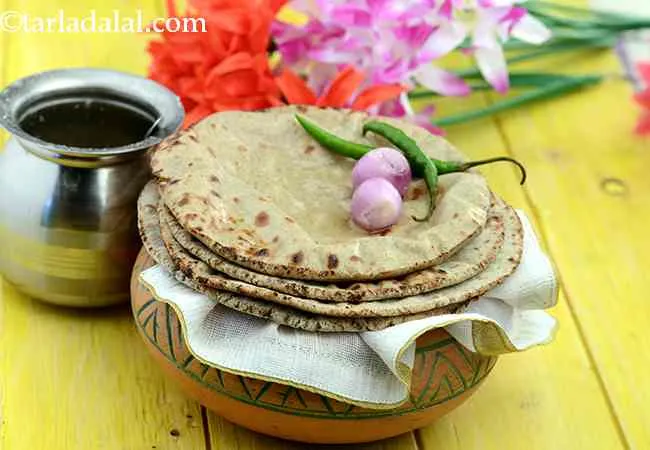
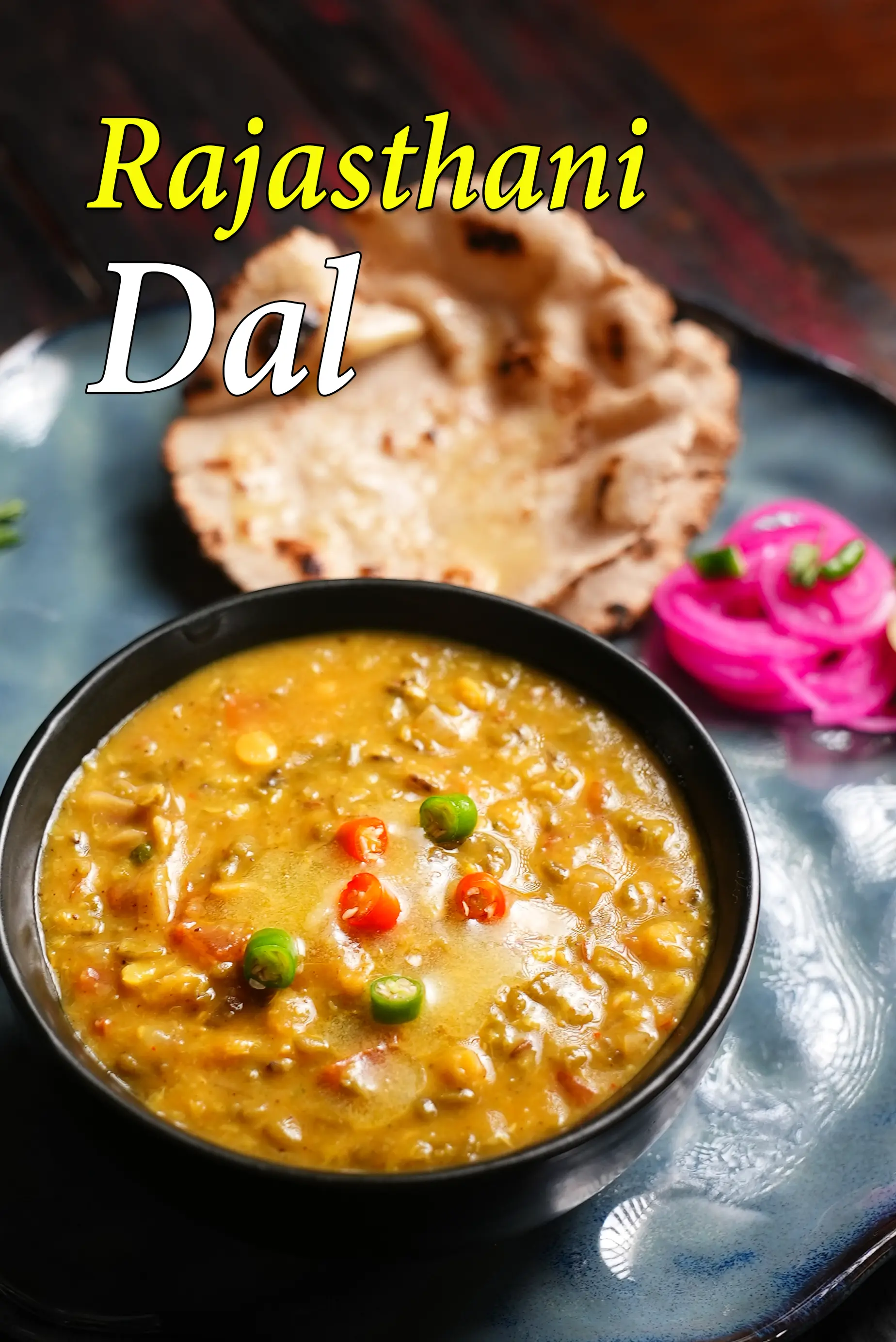

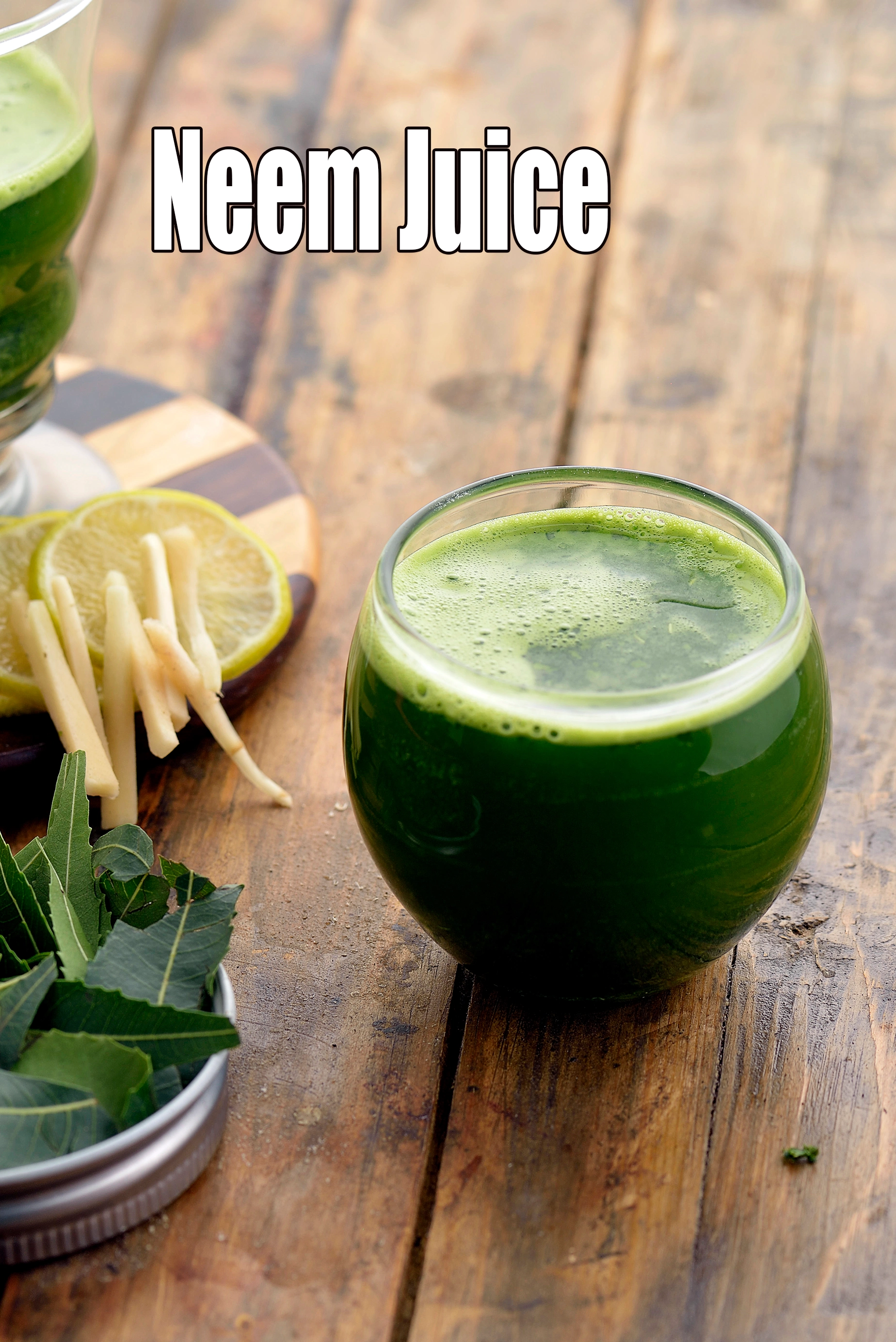
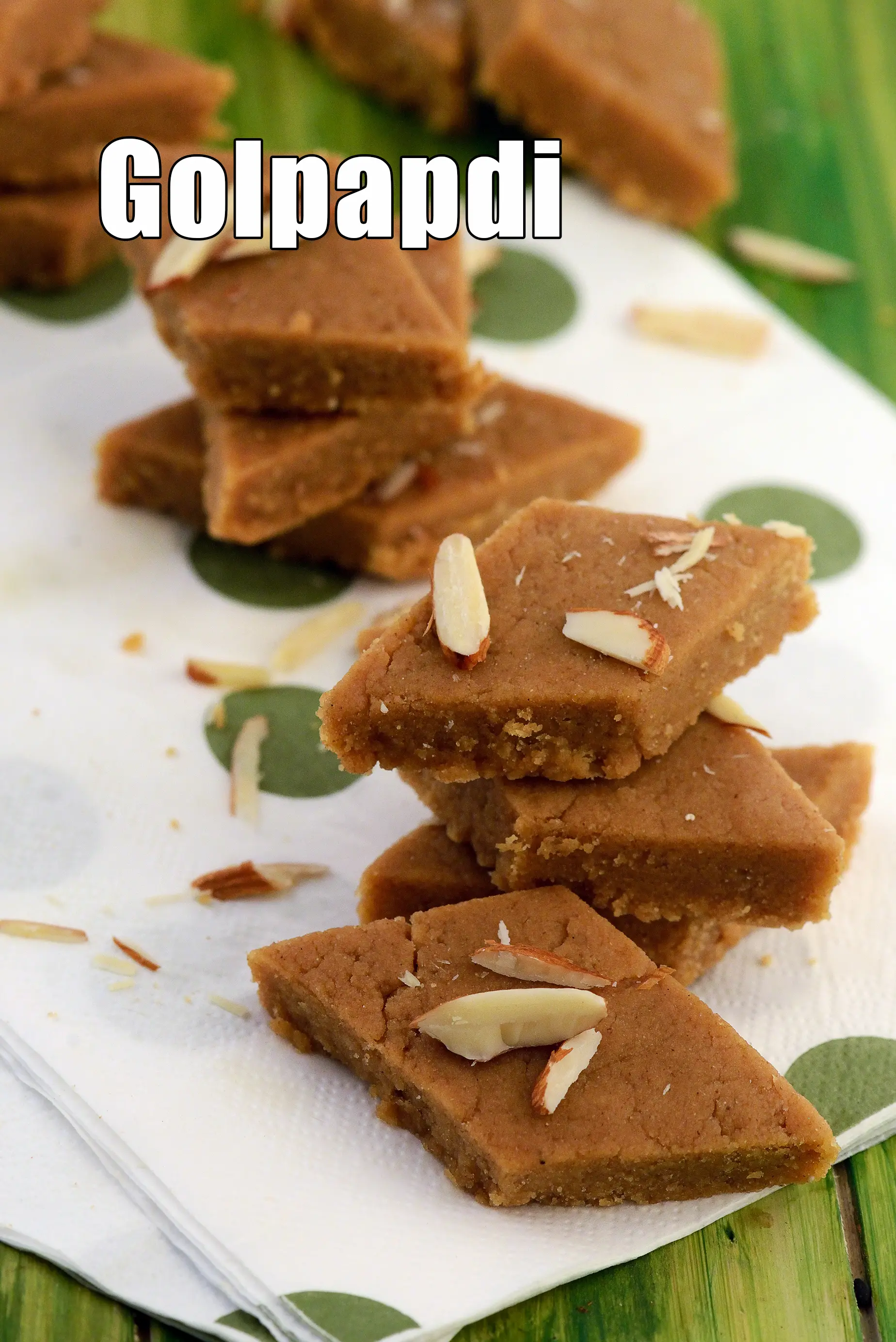
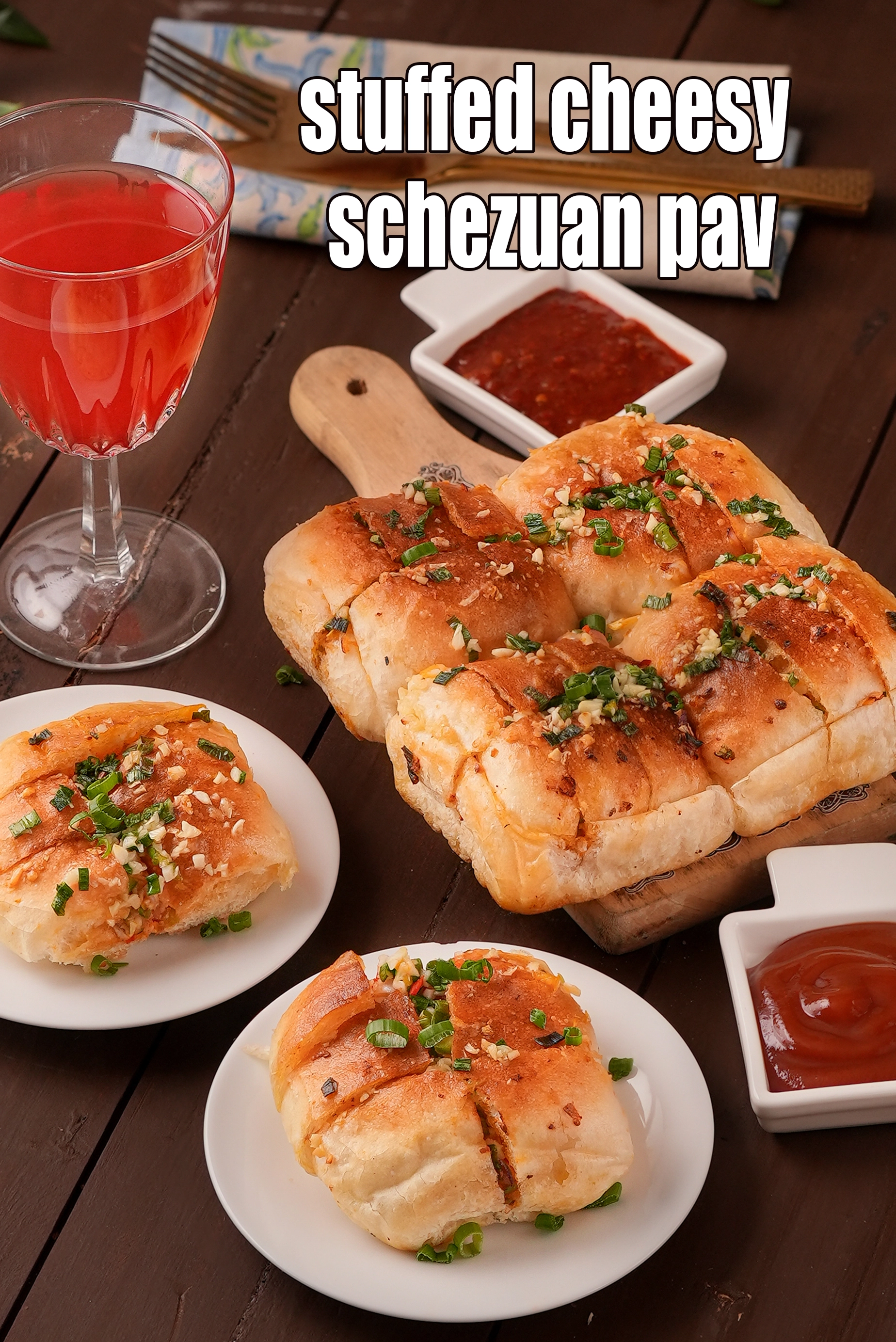
-10876.webp)
